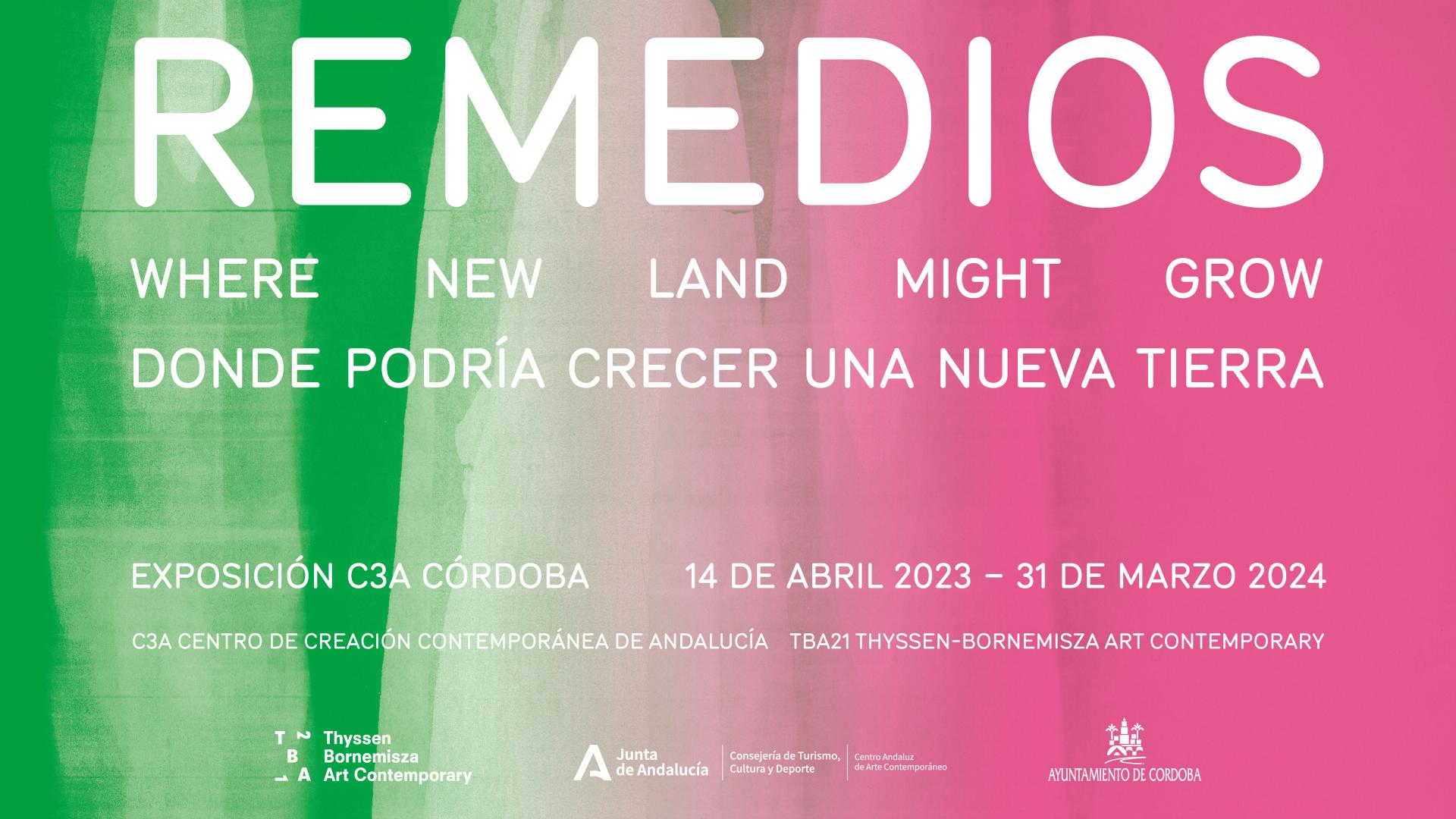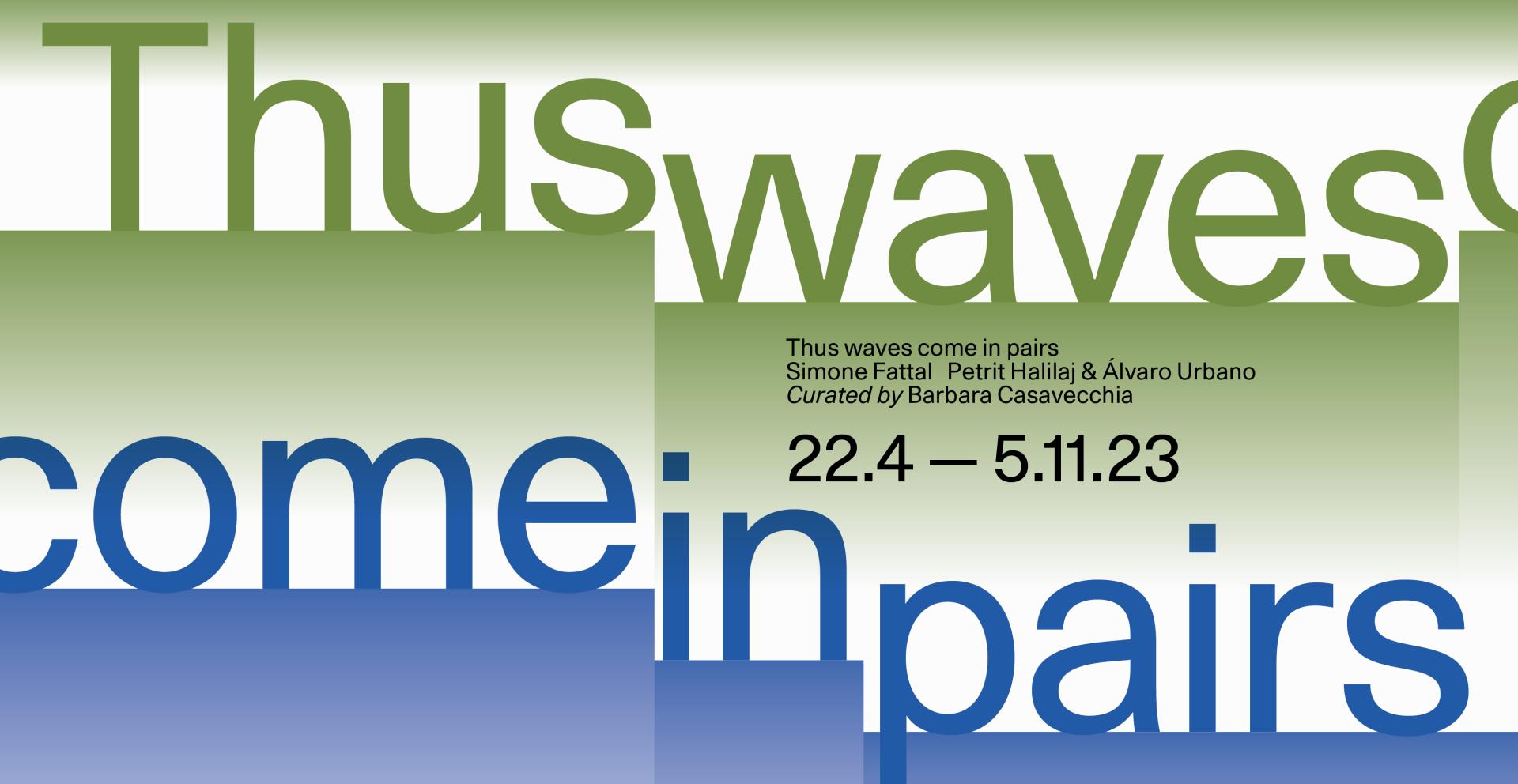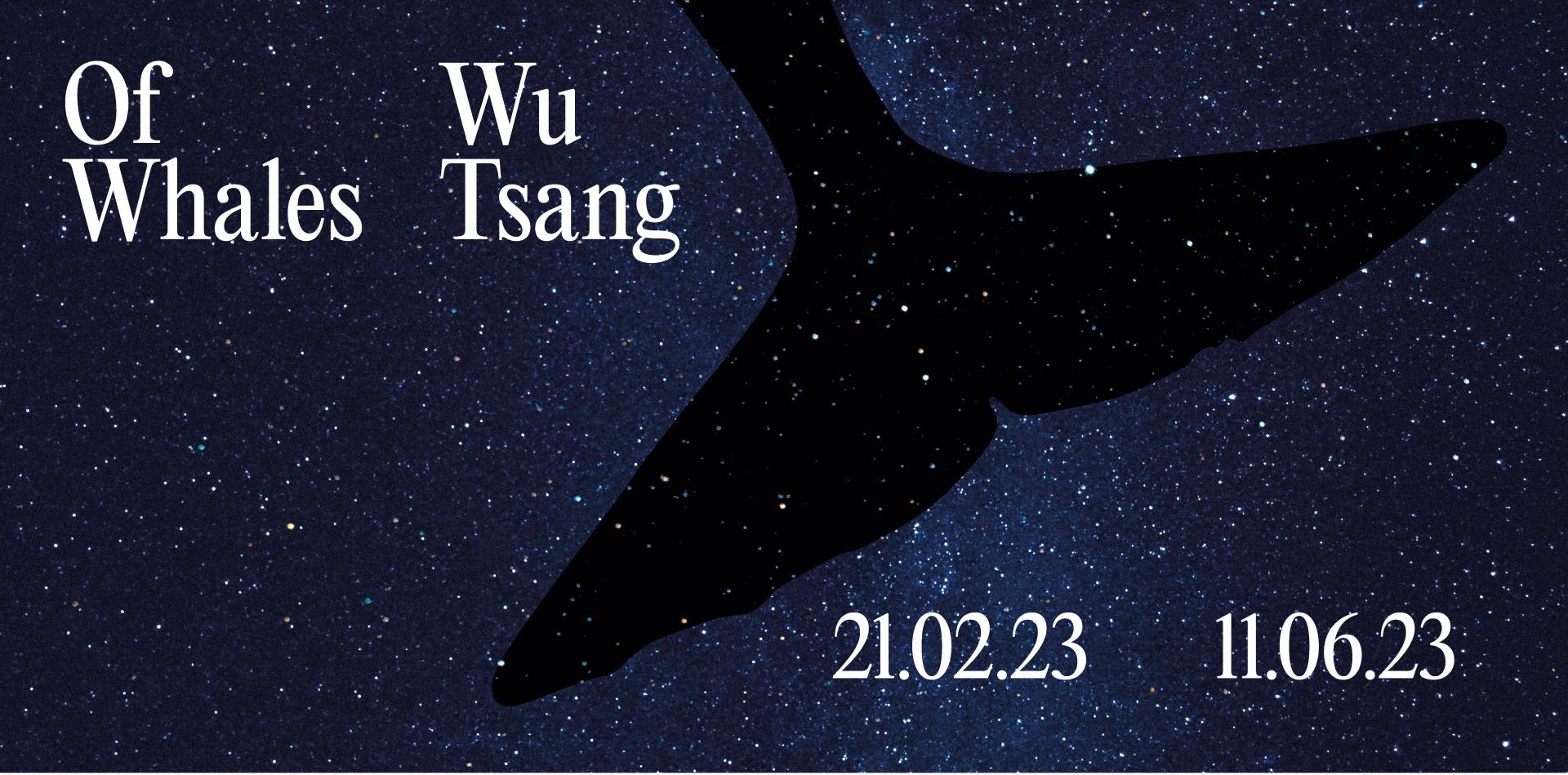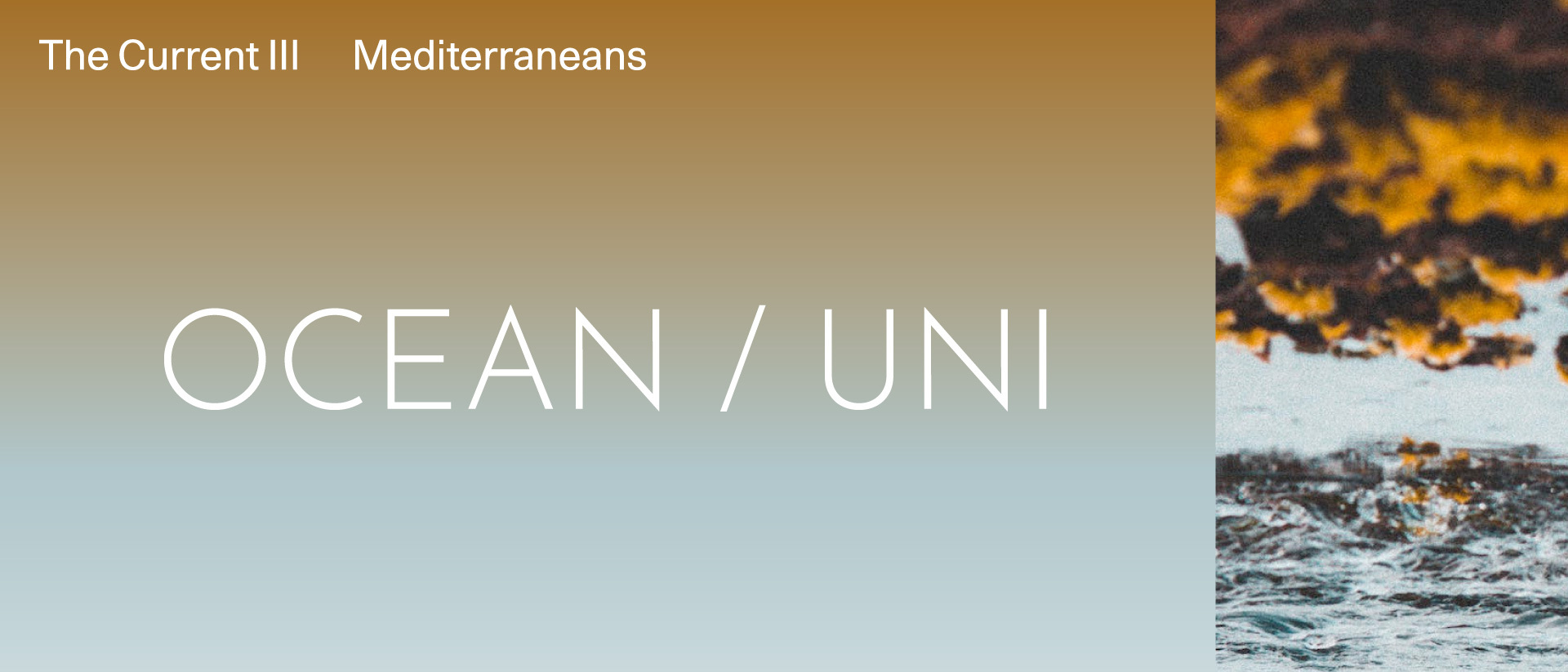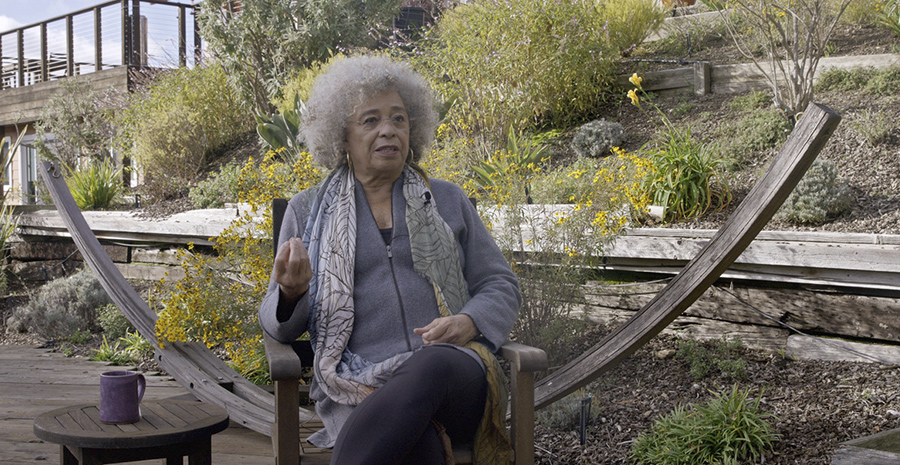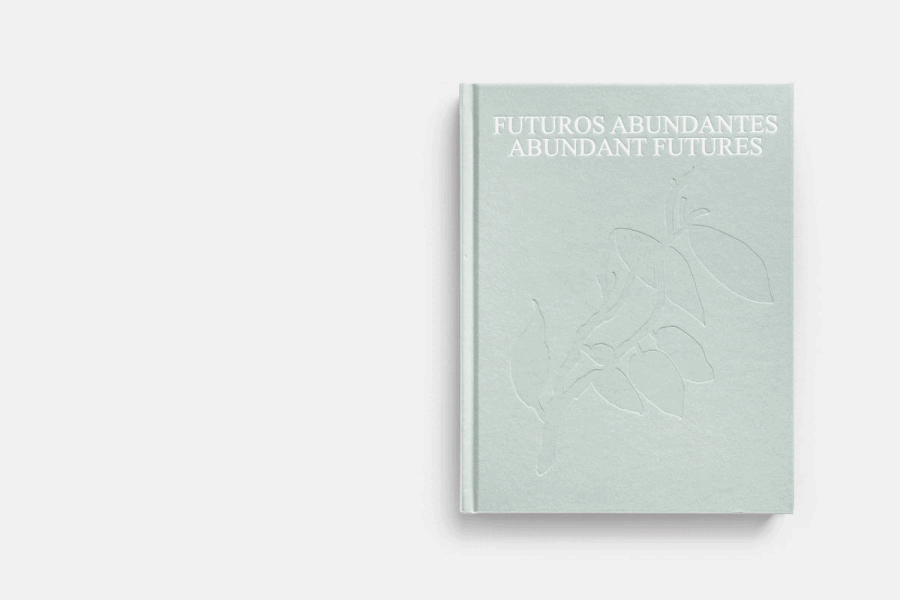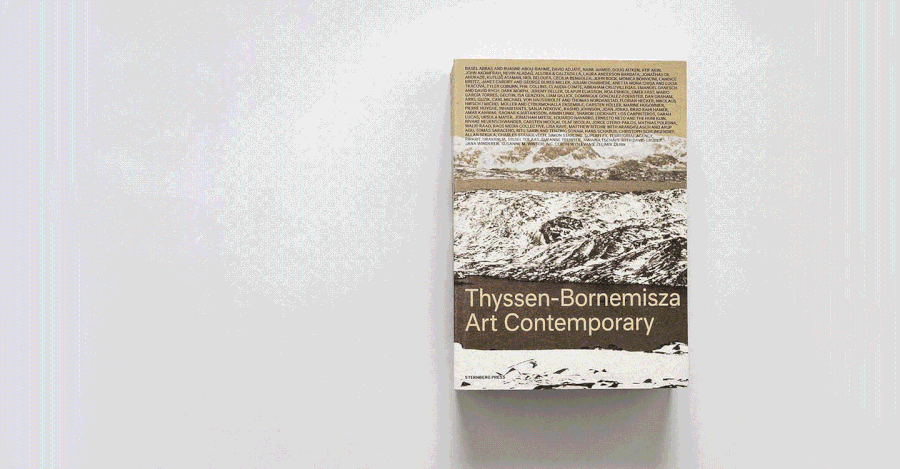Solitary semi-social mapping of HS 1700+6416 by a solo Nephila senegalensis - one week and a solo Cyrtophora citricola - three weeks, 2016
Tomás Saraceno

Photo: Courtesy the artist | Tanya Bonakdar Gallery, New York / Los Angeles
Collection
Spidersilk, archival paper, fixative, ink
92 x 92 cm (framed)
Tomás Saraceno is known for his speculative research projects, such as Aerocene, an interdisciplinary artistic inquiry into alternative modes of transportation that do not require fossil fuels, and his collaborations with spiders. The Arachnophilia team at his studio attends to lively multispecies ecologies, cultivating different “arts of noticing,” and directing their caring attention to nonhumans. Arachnologists, entomologists, ethologists, and musicians come together with spiders to explore their complex architectures and webs of life. The Western understanding of human exceptionalism and agency, which disrupts our interactions with other species, is undone in favor of speculative interpretations of how shared and entangled ecologies might play out in the Chthulucene, a term for an alternative way of conceptualizing our current epoch coined by feminist theorist Donna Haraway. She describes it as a time when (the Western) man ceases to be a destructive force on the planet and acknowledges and enjoys its kinship with many other forms of life and nonlife.
The two works on paper Solitary semi-social mapping of HS 1700+6416 by a solo Nephila senegalensis—one week and a solo Cyrtophora citricola—three weeks and Solitary semi-social mapping of Ceginus by a duet of Nephila senegalensis—four weeks, a triplet of Cyrtophora citricola—three weeks were made in collaboration with two different spider species. In combining genera that would not typically conspire, Saraceno, his studio, and their spider collaborators bring forth hybrid spider/webs created in multispecies gatherings. The series ofspider imprints on paper offer a different way to interpret the architecture of the spider/web: as a topological map of movements and temporalities that trace the intricate complexities of these silken sculptures, or as bodily extensions that serve communication and emit/transmit sensory stimuli.
Born in San Miguel de Tucumán, Argentina, in 1973. Lives in Berlin, Germany.
92 x 92 cm (framed)
Tomás Saraceno is known for his speculative research projects, such as Aerocene, an interdisciplinary artistic inquiry into alternative modes of transportation that do not require fossil fuels, and his collaborations with spiders. The Arachnophilia team at his studio attends to lively multispecies ecologies, cultivating different “arts of noticing,” and directing their caring attention to nonhumans. Arachnologists, entomologists, ethologists, and musicians come together with spiders to explore their complex architectures and webs of life. The Western understanding of human exceptionalism and agency, which disrupts our interactions with other species, is undone in favor of speculative interpretations of how shared and entangled ecologies might play out in the Chthulucene, a term for an alternative way of conceptualizing our current epoch coined by feminist theorist Donna Haraway. She describes it as a time when (the Western) man ceases to be a destructive force on the planet and acknowledges and enjoys its kinship with many other forms of life and nonlife.
The two works on paper Solitary semi-social mapping of HS 1700+6416 by a solo Nephila senegalensis—one week and a solo Cyrtophora citricola—three weeks and Solitary semi-social mapping of Ceginus by a duet of Nephila senegalensis—four weeks, a triplet of Cyrtophora citricola—three weeks were made in collaboration with two different spider species. In combining genera that would not typically conspire, Saraceno, his studio, and their spider collaborators bring forth hybrid spider/webs created in multispecies gatherings. The series ofspider imprints on paper offer a different way to interpret the architecture of the spider/web: as a topological map of movements and temporalities that trace the intricate complexities of these silken sculptures, or as bodily extensions that serve communication and emit/transmit sensory stimuli.
Born in San Miguel de Tucumán, Argentina, in 1973. Lives in Berlin, Germany.



